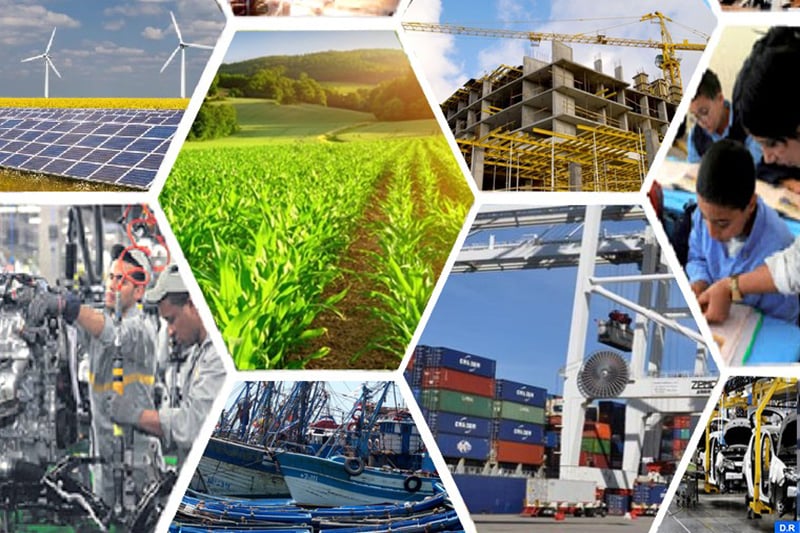
Morocco’s draft 2026 budget projects an economic growth rate of 4.5%,a figure that outpaces the global average of 3% and far exceeds the European Union’s sluggish 1%. On paper,the outlook appears promising. In reality,however,the growth target masks deeper structural issues.
“A 4.5% growth rate is insufficient to absorb the growing ranks of young job seekers or to fulfill the ambitions of the New Development Model (NDM),which aims to double GDP by 2035,” writes Finances News Hebdo.
The unemployment rate remains stubbornly high at 12.8%,with youth unemployment among those aged 15–24 reaching a staggering 36%. Despite being hailed as Morocco’s “human capital” and “engine of transformation,” young people remain largely excluded from the labor market.
The country continues to invest heavily in infrastructure such as airports,highways,railways,stadiums,and mega-projects in green hydrogen and water management. Yet,these developments offer little solace to graduates facing closed doors and uncertain futures.
King Mohammed VI echoed this sentiment in his most recent Throne Day speech: “I am sure,that regardless of the infrastructure built,and the level of economic development achieved,I would be satisfied only if our accomplishments contribute,in a tangible manner,to improving the living conditions of citizens from all social classes,and in all areas and regions.
Morocco has been investing heavily but sees limited returns. The country’s investment efficiency indicator- already high at 6.1 between 2000 and 2009- soared to 12.5 between 2010 and 2019,and remains elevated at 11.8 through 2023. In simple terms,Morocco is spending more to achieve less growth.
This points to an economy struggling to convert expenditure into real productivity,sustainable jobs,and shared prosperity,a macroeconomic engine running on empty.
Initiatives such as universal social protection,education reform,the National Water Plan,renewable energy strategies,and employment roadmaps are all in motion. Yet the abundance of programs should take into account coherence. Public policies often overlap. Education should be better connected to labor market needs,and public investment should act as a catalyst for private sector engagement.
Morocco stands at a crossroads. Settling for 4.5% growth means managing the present without transforming the future. The new development model sets a far more ambitious target of 6 to 7% sustainable and inclusive growth. Achieving that requires aligning education with employment,upgrading the productive base,and ensuring a fairer distribution of the fruits of growth,concludes Finances News Hebdo.
United News - unews.co.za